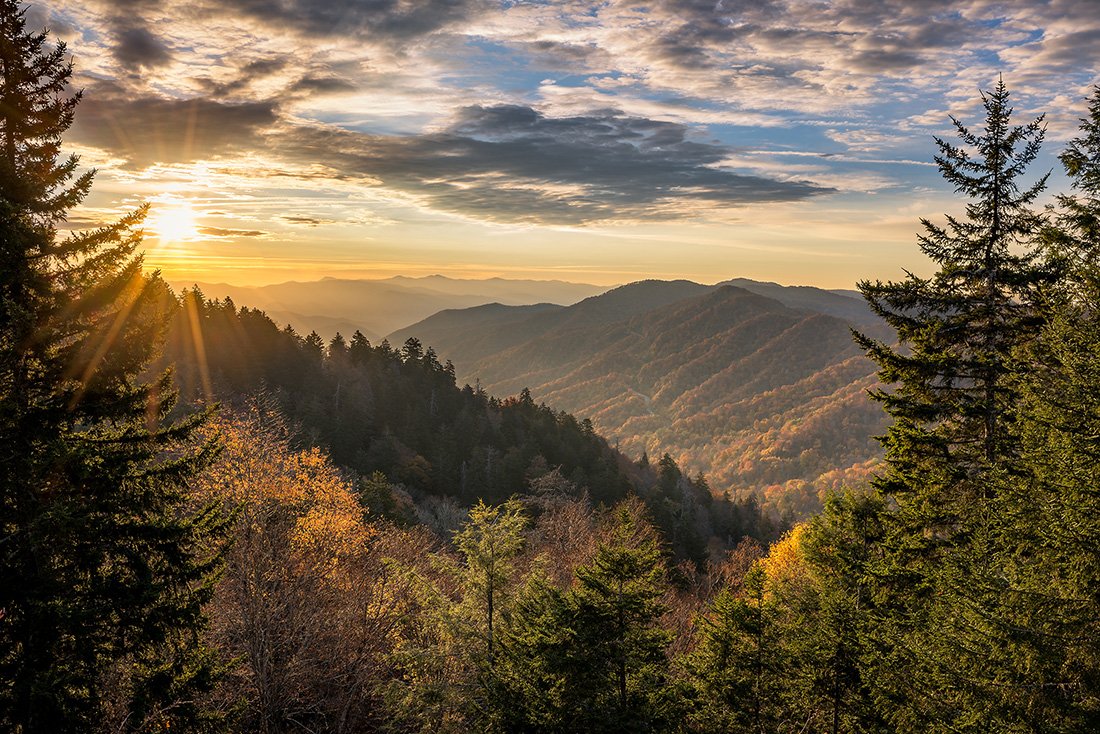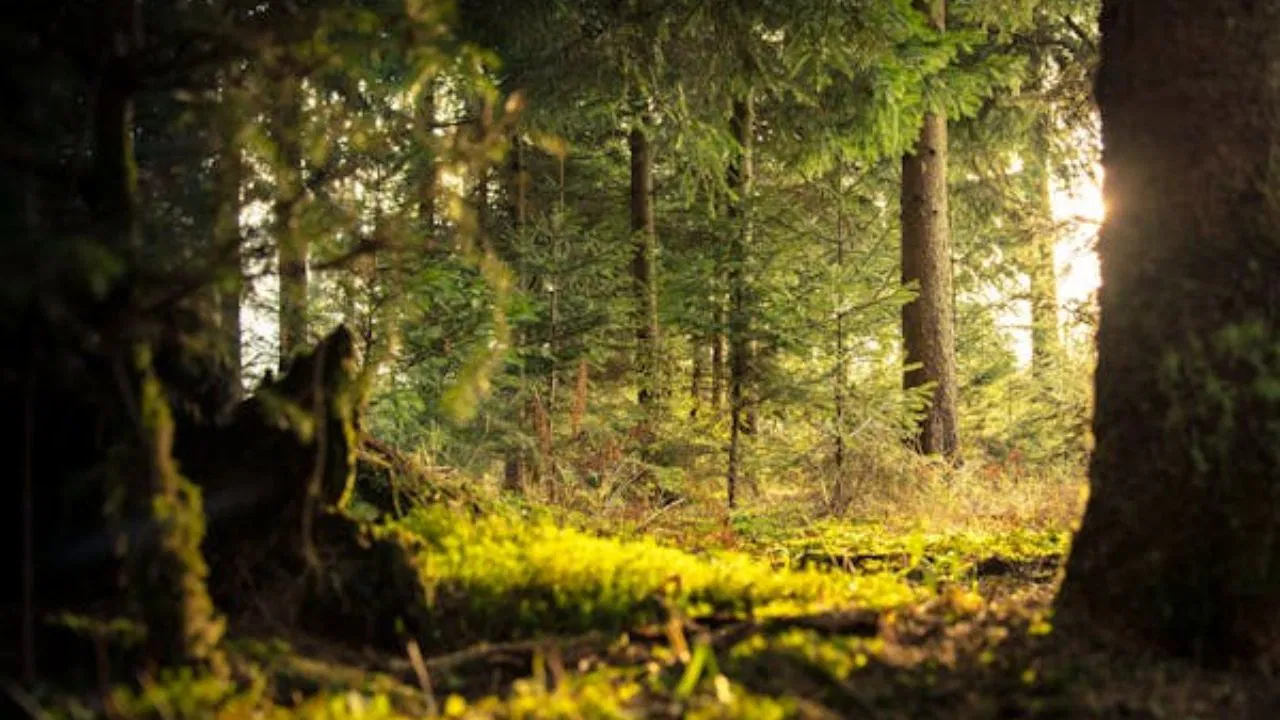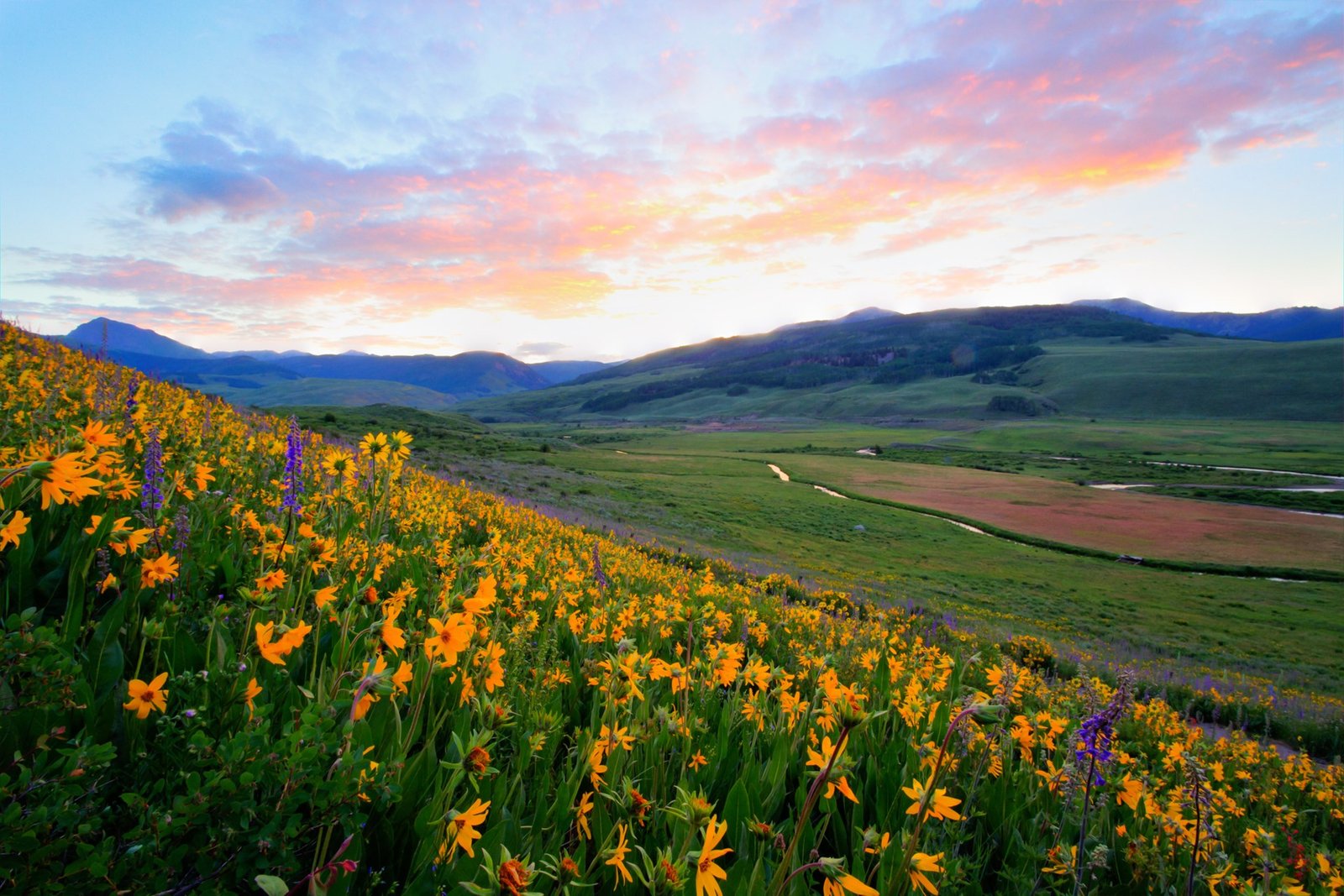You know what’s wild? There are over 765 million acres of working forests in the U.S. That’s a lot of trees. And these aren’t just “set it and forget it” forests—people are actually out there managing them, trying to keep a balance between chopping wood, saving critters, and letting folks hike around without getting lost (well, mostly). The USDA says these forests prop up almost three million jobs, and yeah, that’s not just some made-up stat. We’re talking mill workers, truck drivers, and a whole bunch of folks you probably don’t think about when you build an IKEA bookshelf.
And it’s not just about jobs. There’s a crazy amount of money in this industry—over $100 billion in GDP from wood products alone. That’s like, if every American bought a new couch, twice. Plus, with all the chatter about “sustainable forestry benefits” blowing up on Pinterest, it’s not just lumberjacks who care anymore.
Check out what the USDA Forest Service is up to.
1. Rural Jobs: Forests to the Rescue
If you think rural America is all tumbleweeds and diners, think again. Working forests are job machines out there, especially where, honestly, there’s not a ton else happening. We’re talking a million direct jobs and almost three million if you count all the ripple effects (thank you, truckers and gearheads). In the South, forestry is paying out $55 billion in payroll. That’s not pocket change.
Want more on forest restoration jobs? Here you go.
2. Timber, Paper, and All That Good Stuff
Timber isn’t just for lumberjacks in plaid shirts. It’s the backbone for everything from your coffee table to that Amazon box you just ripped open. America cranked out over 300 million cubic meters of wood in 2022. And there’s a push to cut down on how much we import from Canada, which—no offense, Canada—makes sense for local jobs. More local wood, more local jobs. Win-win.
See what’s trending in timber at Forest2Market.
3. Forests = Adventure (and Cash)
Tourism in forests? Massive. National forests pulled in 166 million visitors in a single year, and those folks aren’t just wandering around—they’re dropping serious cash on everything from park passes to marshmallows. That’s 200,000 jobs, give or take. And states like Maine? Basically one big forest. If you’re bored, you’re not trying.
How to support forests with smarter choices.
4. Bioenergy: Trees Powering Your Life
Burning wood for energy might sound like something out of Little House on the Prairie, but it’s surprisingly cutting-edge. Wood-based bioenergy is a thing, making rural economies less reliant on fossil fuels. Stuff like biomass boilers and wood chips are creating jobs and keeping lights on, especially in places that don’t get much love from Big Tech.
Curious about bioenergy? Arbor Day Foundation has the scoop.
5. Cashing in on Carbon
Forests are like giant carbon vacuums, sucking up about 15% of U.S. emissions. And now, there’s real money in that through carbon markets. Landowners can actually get paid for not chopping down their trees—crazy, right? Stuff like the Family Forest Carbon Program is helping landowners make bank while fighting climate change. Not a bad side hustle.
Dig into forest restoration for the planet.
6. Forest Restoration = More Green (In Every Sense)
Restoration isn’t just about planting trees and calling it a day. Every million bucks spent on restoration jobs spins off even more in economic impact—think of it as the ultimate “pay it forward” for rural communities.
7. Nanotech and Other Wild Stuff
Okay, this one’s straight out of science fiction. People are making nanomaterials from trees now (that’s tiny stuff with big potential), which could totally change industries like packaging, medicine, and even electronics. Forests: not just for squirrels anymore.
So, How Do You Help?
Simple: buy sustainably sourced wood, support local forest initiatives, or just go take a hike (literally). The more love these forests get, the more they’ll give back.
Wrapping Up: Don’t Sleep on Forests
Bottom line: America’s working forests are low-key economic superheroes. They’re making jobs, powering towns, cleaning the air, and even helping fight climate change. Next time you see a forest, maybe give it a little nod of respect. It’s probably doing more for you than you realize.



